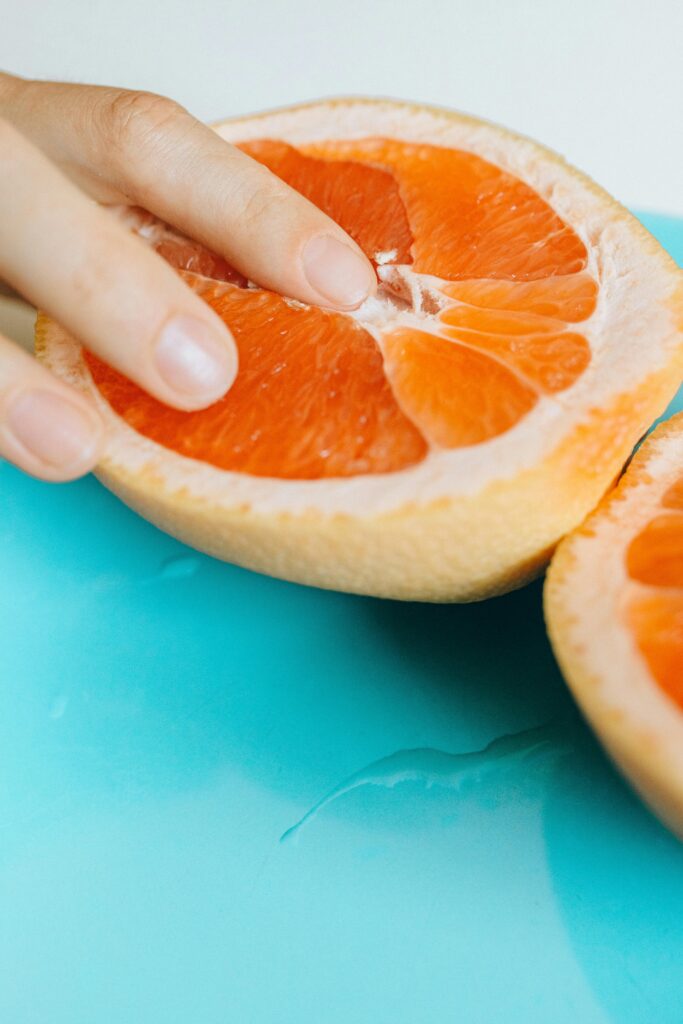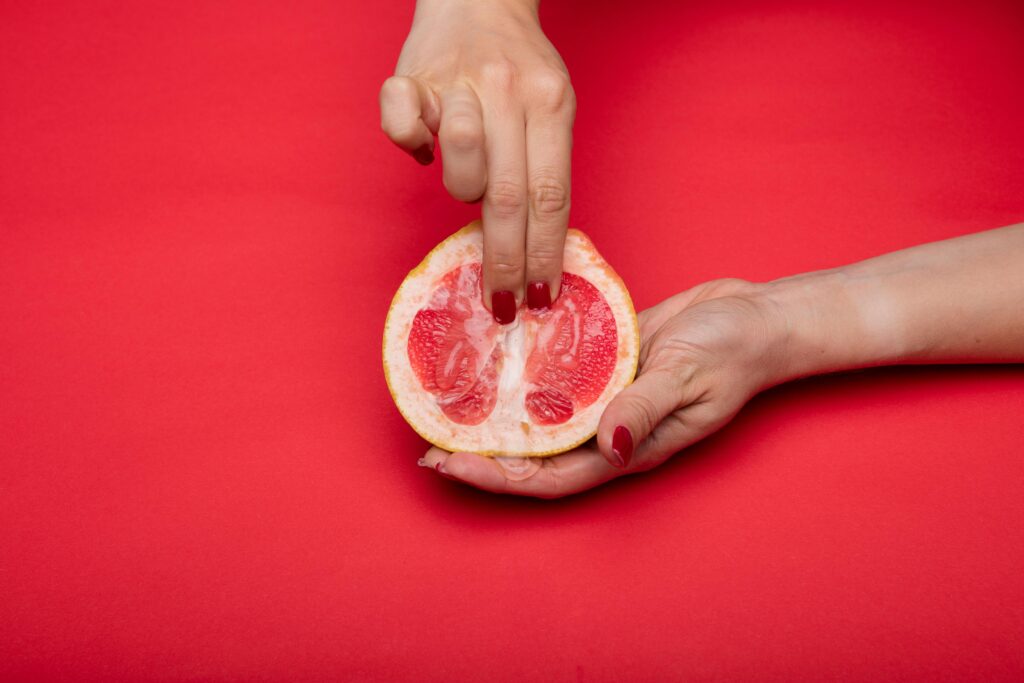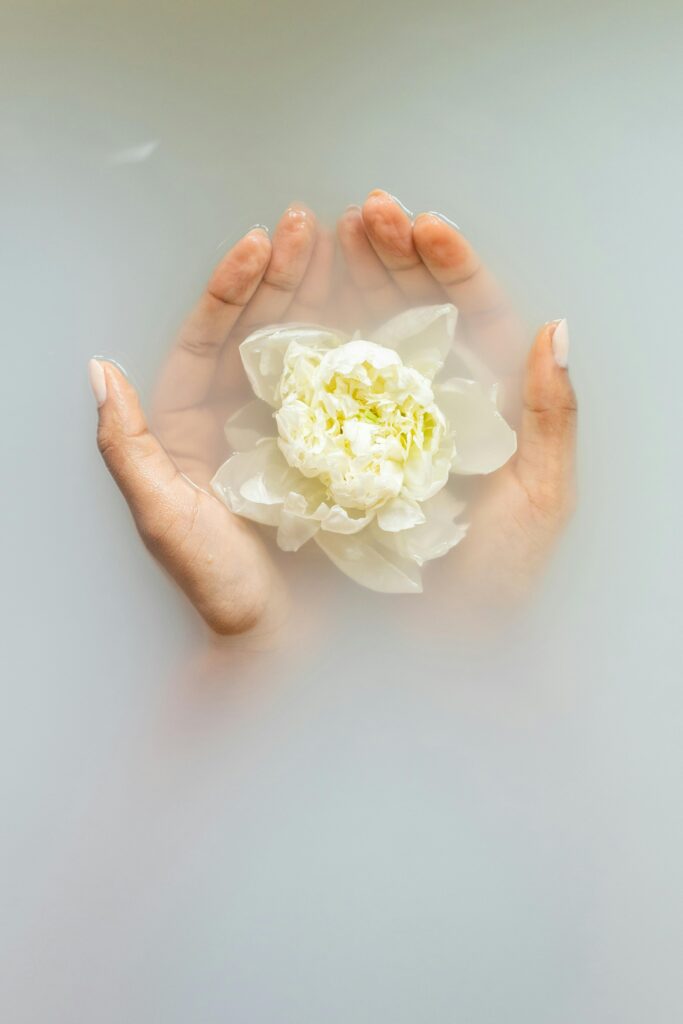
The Intimate Act of Rubbing is a practice that dates back to ancient times, offering a unique way to connect intimately without penetration. Often referred to as frottage, this method focuses on the sensitive areas of the body, such as the clitoris and vulva, to provide pleasure.
Understanding Female Anatomy
To engage in rubbing effectively, it’s crucial to understand the female anatomy. The clitoris, rich with nerve endings, are a primary erogeneous zone. The labia majora and minora, vaginal opening, and mons pubis are other parts of the vulva that respond to touch in various ways.
Lubrication: Essential for Pleasure
Lubrication is a critical component of rubbing. A high-quality lubricant minimizes friction and enhances the sensations experienced.

Techniques for Enhanced Pleasure
Various techniques can be employed during rubbing, such as gentle, circular motions around the clitoris and light stroking of the labia.
Communication: The Cornerstone
Open communication during any sexual activity is vital. It ensures that both partners are comfortable and enjoying the experience, with consent and boundaries respected.
Aftercare: A Caring Conclusion
Post-activity care involves gentle cleaning, cuddling, or simply spending time together to relax and enjoy the afterglow.

Common Concern: Chafing
Chafing, often termed “chub rub,” can occur during intimate contact due to moisture, friction, and heat. It’s essential to use lubricant and consider barriers like soft towels for added comfort.
Understanding Vaginal Chafing
Vaginal chafing is an irritation caused by sweat and friction, exacerbated by factors like tight clothing, excess weight, breastfeeding, and irritants. It’s different from conditions like yeast infections, which present additional symptoms.
Intertrigo: A Related Issue
Intertrigo is an irritant dermatitis affecting skin folds, similar to chafing but involving inflammation and infections. Managing diet, vitamin D levels, and medical conditions can reduce the risk of intertrigo.
Prevention and Treatment of Chafing
To prevent chafing, promptly change out of wet clothes, shower post-workout, wear breathable cotton underwear, apply anti-chafe creams, maintain a healthy weight, monitor sugar intake, practice good hygiene, and trim pubic hair.
For treatment, consider moisturizing, using lubricants during sexual activities, taking oatmeal baths, applying anti-itch creams, using cold compresses, and gently cleansing with warm water and mild soap.

Avoiding Chafing Care Missteps
Refrain from exposing chafed skin to hot water or harsh soaps, avoid using hydrogen peroxide as a disinfectant, and do not use hot or warm compresses.
Baby Powder: Not a Recommended Solution
Baby powder may seem like a quick fix but falls short in prevention, cure, and safety. Talc, its main ingredient, has been linked to health issues.
Special Considerations for Prolapse-Induced Chafing
For the chafing due to prolapse, consider holistic approaches rather than just creams and compresses. Avoid jumping to Kegel exercises, pessaries, or surgery without a comprehensive evaluation.
Healing and Moving Forward
Vaginal chafing can be effectively managed by understanding the condition, taking preventive measures, and seeking appropriate treatments. Holistic healing methods like Hypopressives can address the root cause and improve pelvic floor health.
Rubbing, when done with care, can be a deeply satisfying experience. However, it’s important to be aware of and address common concerns like chafing. By being proactive in prevention and informed in treatment, you can enjoy intimate moments free from discomfort. Remember, the essence of any intimate act lies in the connection and pleasure shared, and with the right approach, you can enhance your sexual repertoire with confidence and respect for each other’s comfort and desires.





